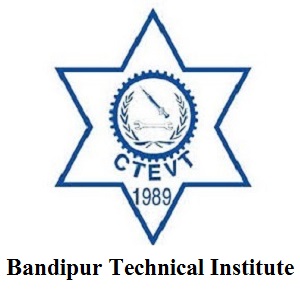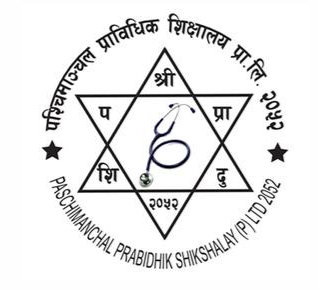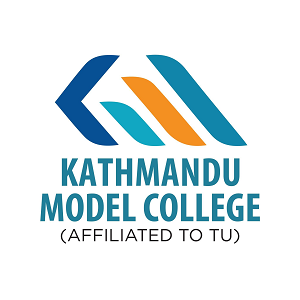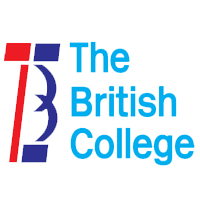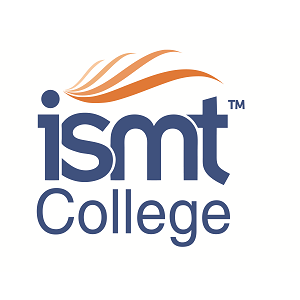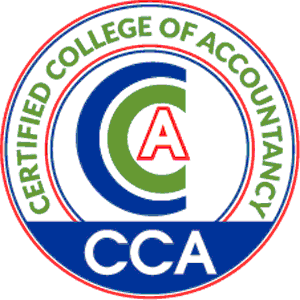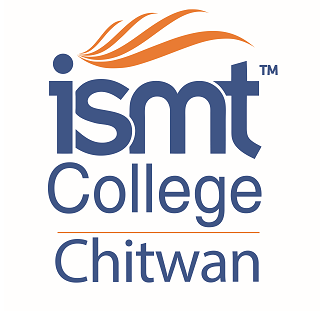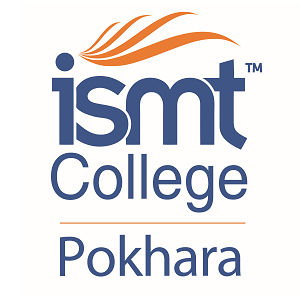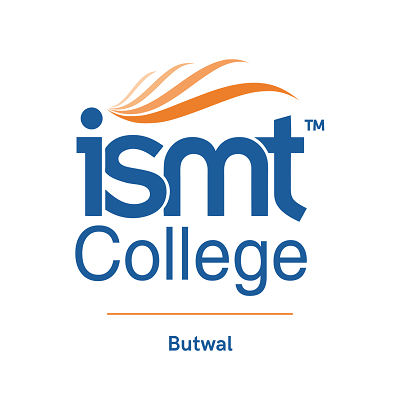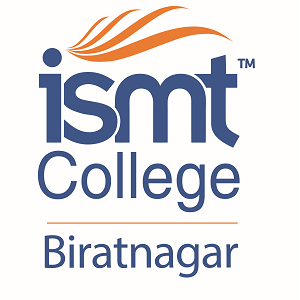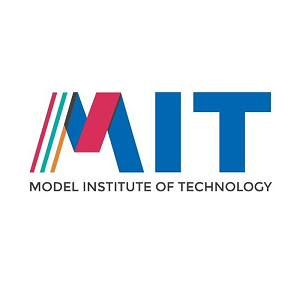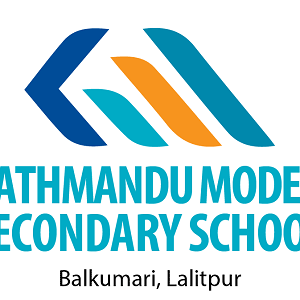Overview
Proficiency Certificate in General Medicine (HA) at Gandaki Technical Training Centre, Damauli, Tanahun
If you’re a science student eyeing a practical health career in Nepal, the PCL in General Medicine (Health Assistant) at Gandaki Technical Training Centre (GTTC), Damauli, offers a clear three-year path under CTEVT.
Here’s what you need to know before you apply.
Overview
Students often ask, “Will this course genuinely prepare me for real patients?”
The CTEVT PCL in General Medicine is a three-year, yearly-system program (35 academic weeks per year) that trains middle-level medical personnel for Nepal’s health system. Teaching occurs in English and/or Nepali. GTTC runs this course under CTEVT guidelines.
Highlights
Not sure how HA training fits daily clinical work?
The curriculum blends classroom learning, lab work, clinical postings, and community field practice, focusing on common medical and surgical conditions, PHC, maternal–child health, and emergency care. It reflects the third revision (2024), keeping course content current for Nepal’s needs.
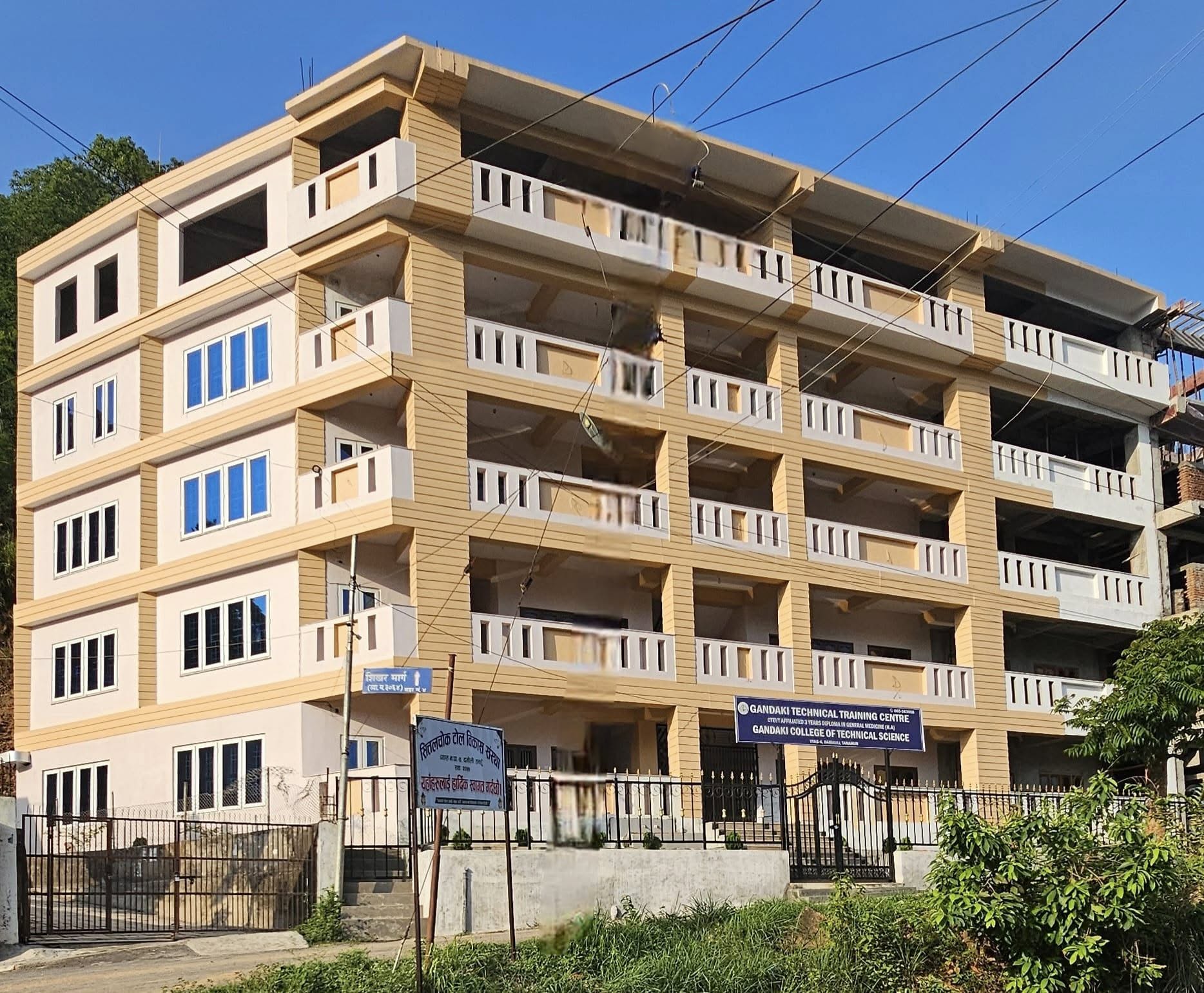
Curriculum Details
Here’s what you’ll study across the program.
Year II features Medicine I and Gynecology, Surgery I, Basic Medical Procedures & First Aid, Clinical Pathology, Pharmacology & Pharmacy, Environmental Health, Health Education, and Primary Health Care/Family Health. Year III includes Medicine II, Surgery II, Health Management, Epidemiology & Community Diagnosis, and capstone practicum blocks in clinical and community settings.
Practical components require hands-on case exposure (e.g., pneumonia, COPD/asthma, diabetes, hypertension, TB) and observation of key procedures in medicine and gynecology.
Objectives
Start here if you want clarity on outcomes.
Graduates learn to assess patients, make provisional diagnoses, manage from available resources, perform minor procedures, handle emergencies, run PHC services, implement national programs, keep records, and supervise teams.
Scope
Thinking about where you’ll work after graduation?
The curriculum targets service at health posts and PHCCs and supports roles across public and private facilities involved in primary care and community health.
Learning Outcomes
Students gain the ability to plan community health programs, administer treatments, identify referral cases, counsel patients, and carry out routine investigations—skills that mirror daily realities in district facilities.
Skill Development Modules
If you prefer “learning by doing,” this will help.
Skill blocks include Basic Medical Procedures & First Aid, Clinical Pathology practicals, Pharmacy/Pharmacology labs, hospital-based case exposure, and comprehensive clinical and community practicums.
Teaching Methodology
Worried about teaching style?
Methods include lectures, group discussions, demonstrations, simulations, guided practice, hospital/community internships, project work, and continuous assessment—useful for building confidence before final postings.
Admission Requirements
Read this carefully before planning your application.
-
SLC/SEE or equivalent with minimum GPA 2.0, graded in Compulsory Mathematics, English, and Science; or CMA equivalent with at least 68.33%.
-
Pass the CTEVT entrance examination.
-
Maintain a minimum of 90% attendance in each subject to sit the final exam.
Assessment & Certification
Keep these benchmarks in mind.
-
Pass marks: at least 40% in theory and 50% in practical, plus minimum internal and final exam marks in each subject.
-
Overall grading: Distinction (≥80%), First Division (65–<80), Second Division (50–<65), Pass (≥pass to <50).
-
Successful candidates receive the “Proficiency Certificate Level in General Medicine.”
Career Opportunities
Here’s the formal pathway after graduation.
Graduates are eligible for positions equivalent to Non-Gazetted First Class/Level 5 (technical) as per the Public Service Commission and related agencies.
Scholarships and Financial Aid
Plan early.
Scholarship provisions and fee support depend on current CTEVT and institute notices. Candidates should follow the latest CTEVT calls and GTTC’s official updates for any merit- or need-based support each intake cycle. (Check current notices before relying on past years.)
Why Choose This Course?
Choose this HA route if you want structured clinical training tied to Nepal’s PHC system, updated curriculum (third revision, 2024), and a recognized Level-5 pathway on graduation. GTTC’s location in Damauli serves students from Gandaki Province and nearby districts seeking a grounded health role.
Conclusion
If your goal is a patient-facing health role with clear standards, the PCL in General Medicine at GTTC offers a defined route from classroom to clinic, backed by CTEVT’s national framework and measurable outcomes.


